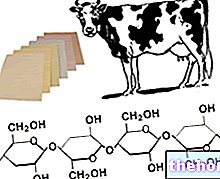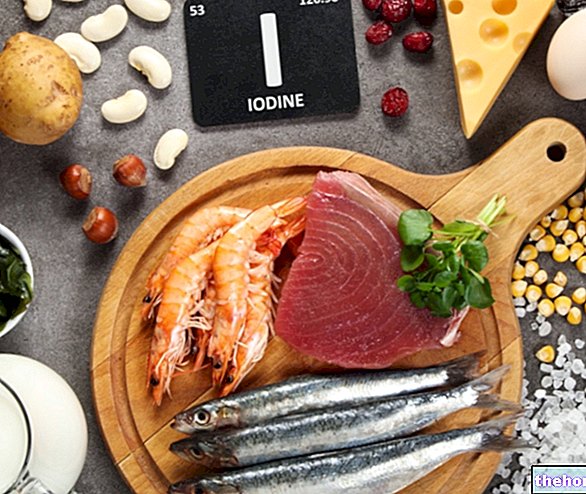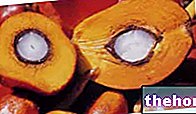Zinc is part of many enzyme complexes and is required for the proper functioning of many hormones, including insulin, growth hormone and sex hormones. The organism contains it in the muscles, in the red and white blood cells, but above all in the organs.
6-12 months* PRI: recommended intake for the population, from LARN - Recommended Nutrient Intake Levels for the Italian population
* RDA: Recommended Dietary Allowances - recommended dietary rations
with zincLet's start by specifying that only 20-30% of the zinc present in food is absorbed by the body but, as with many other nutrients, this process is closely linked to intestinal regulation.
The major sources of dietary zinc are animal products such as meat, fish, shellfish, poultry, eggs and dairy products.
The concentration of zinc in plants varies with the level of the mineral in the soil. With an adequate concentration, the products that store the most of the metal are wheat (germ and bran) and other starchy seeds - such as legumes - or oily - such as sesame. To name others: poppy seeds, alfalfa, celery and mustard seeds. Other seeds are also considered sources of zinc such as: beans, walnuts, peas, almonds, whole grains, pumpkin seeds, sunflower seeds and black currants. Also not to be overlooked are seaweed, fortified cereals, soy-based foods, etc.
Note: as we said above, plant phytates - from phytic acid - hinder the absorption of zinc; this means that people who follow a vegetarian, or worse vegan, diet may need to supplement their zinc intake.
Dietary supplements and dietary or zinc-fortified foods
Fortified foods and various types of food supplements are secondary sources of zinc. Let us try to understand their role and their real importance in the overall intake of zinc in the diet.
A 1998 review concluded that zinc oxide - one of the most common supplements in the United States - and zinc carbonate, being nearly insoluble, are poorly absorbed by the body. This study cited other studies that found lower plasma concentrations of the mineral in subjects consuming zinc oxide and zinc carbonate than in those taking zinc acetate and sulfate salts - hypothetically better absorbed.
On the other hand, a 2003 review recommended cereals with zinc oxide added as an economical and sustainable source, as well as easily absorbable compared to the more expensive forms.
Another 2005 study found that various zinc compounds, including oxide and sulfate, did not show statistically significant differences in absorption when added as fortifying to corn tortillas.
, hair loss, mental disorders and recurrent infections due to weakened immune functions. A zinc deficiency can also predispose to a vitamin A deficiency. For more information we recommend reading the article: Zinc. , reduction of HDL cholesterol, depression of immune function. Acute toxicity is rare because taking large doses causes vomiting. Zinc does not appear to interact negatively with any drug.
For more information we recommend reading the article: Zinc.
involved in energy metabolism. It has antioxidant properties, promotes the normal functioning of the prostate and participates in cell growth and differentiation; it also stimulates tissue regeneration. For this reason, it is very important to include foods rich in zinc in your diet. Read also: Zinc Functions.
Furthermore, zinc is also endowed with many therapeutic properties; this is why this metallic mineral is added to many drugs, supplements, personal hygiene products, etc. Read also: Properties Zinc.
. 2368–2369.



























